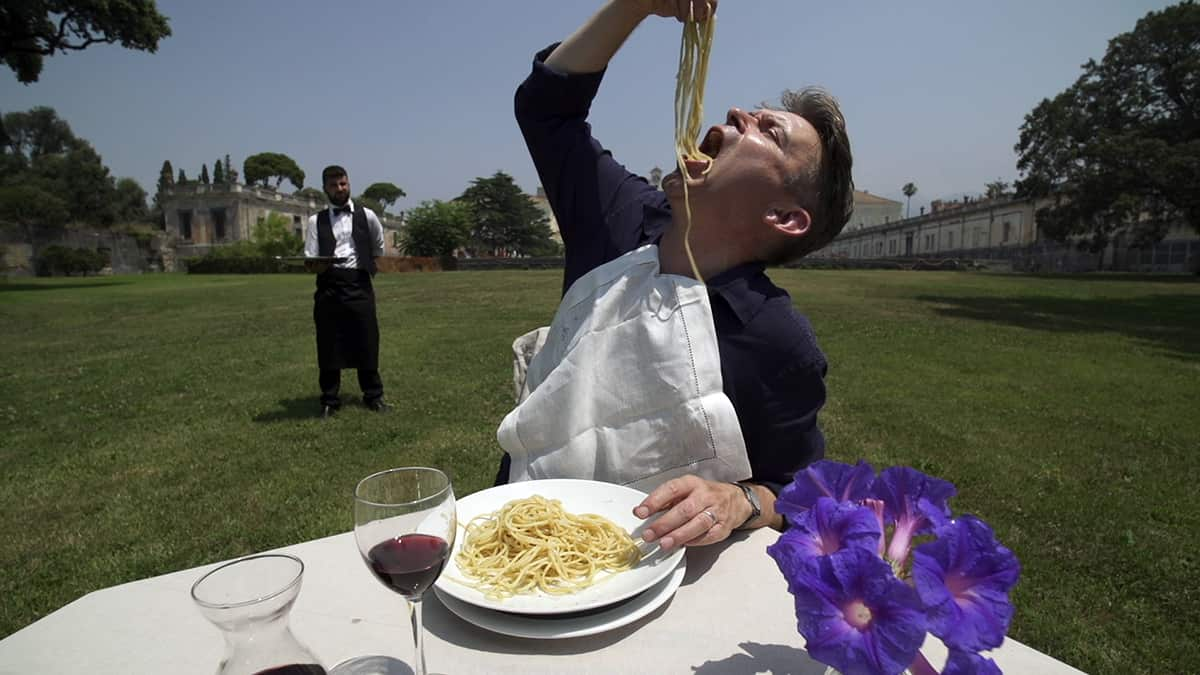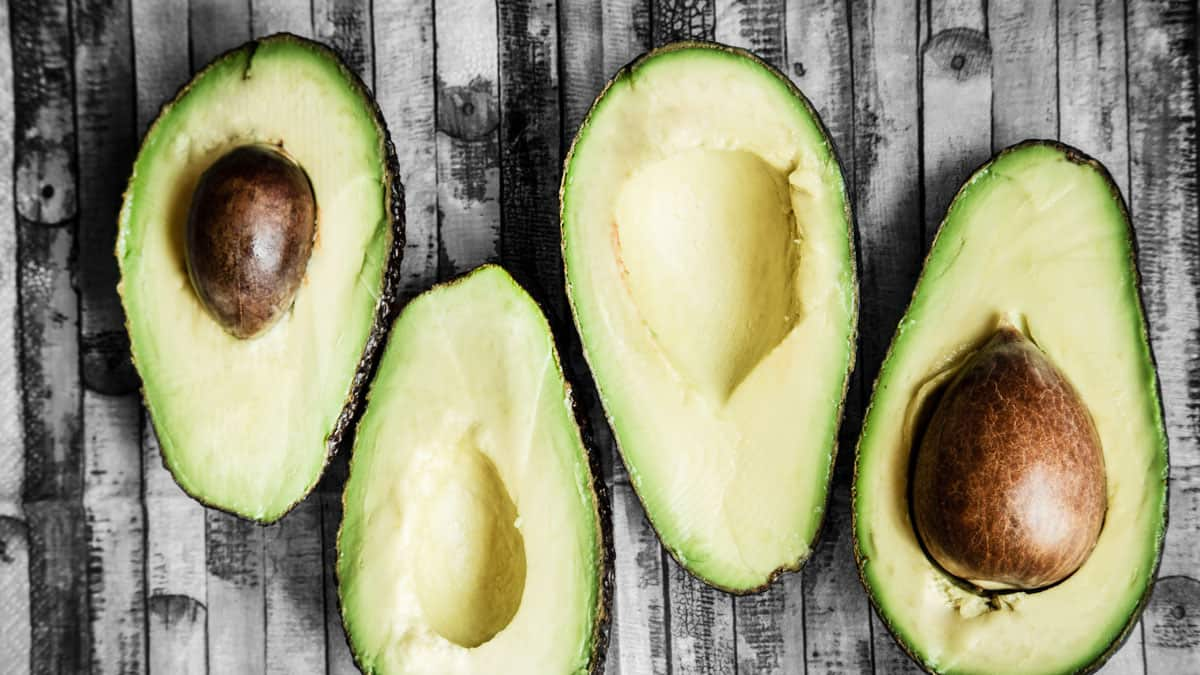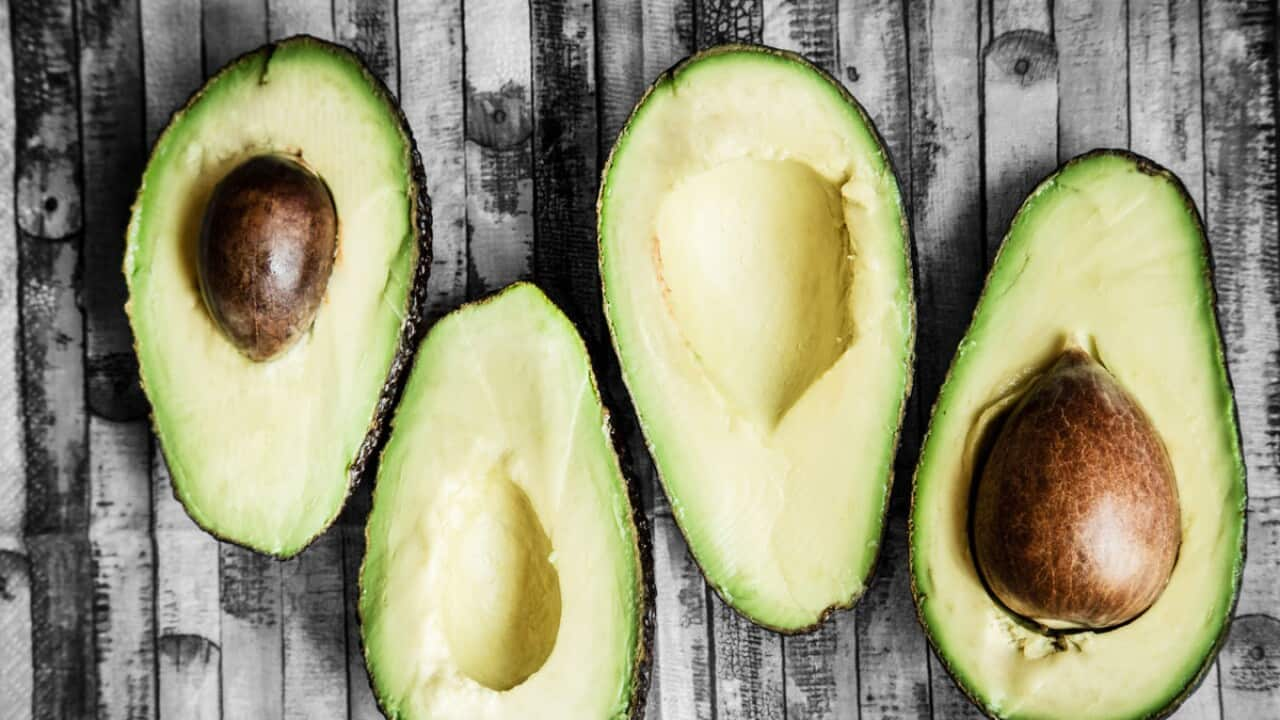You push it... just another minute more; you'll substitute 'this' instead of 'that'; you're sure there are enough... those thoughts that run through heads when cooking at home.
So we share some grand cooking insights (not really, grand more like simple tweaks) that'll have your masterpiece ready for the table, so sit back and marvel in the 'oohs' and the 'aahs' that will follow.
1. Taste your food before serving
This might seem like an obvious one, but tasting food as you go and before serving is one that often gets neglected. Don't hold back tasting several times during your cook to make sure you've got the flavour balance and seasoning bang on.
2. You're trying to fit too much into one pan
While everyone's eye light up at a one-pot wonder, overflowing your pan with so many ingredients not only makes it difficult to manoeuvre them but also lowers your overall cooking temperature. Don't be afraid to split your dishes across two pans if need be and be mindful of your cooking order of ingredients.
3. Using enough water when cooking pasta
Is your spaghetti clumping and cooking quicker at the bottom than on top? Covering your pasta (also your rice and polenta) completely with water, with a little extra allowing for absorption and expansion. You won't be left with half-cooked pasta and you won't need to be scraping your dinner from pot to a plate. 4. Don't refrigerate all your fruit and veg
4. Don't refrigerate all your fruit and veg

Taking a hands-on approach to the history of an Italian favourite. Source: Eating History: Italy
Here's a hack: not all your fruit and vegetables need to live in the fridge. Keeping items such as avocados, bananas, apples, melons, tomatoes and stone fruits on your counters; your leafy greens, carrots, cucumbers, cauliflower, mushrooms, ginger and citrus in the fridge; and potatoes, onions and garlic in your pantry. Most fresh herbs are kept crisp in the fridge, apart from basil. which can thrive well outside.
You've cooked your meat, it's hot and you're ready to eat. The best thing you can do is wait a little longer. Whether you cook your meat on the stove, barbecue, grill on in the oven giving your meat time to rest, allows the juices to redistribute throughout the meat, rather than spilling out onto your plate and over your cutting board. depending on the size of your meat, give it at least 5-10 minutes at room at room temperature prior to cutting.
6. Preheat and you're one step ahead
Think of it like a marathon. You just don't run at your maximum speed to start you stretch, warm up and get into a groove and cooking is much the same. Make sure you preheat your oven before roasting or baking and heat up your pans before adding your butter/oil and other ingredients. A hot pan is key to a nice sear, no sticking and ensures your ingredients are cooking in the oil, not soaking up your butter or oil.
7. Too high, too soon
A higher heat means a quicker cook - not necessarily. When a recipe calls for a lower to medium heat or a reduction to a simmer then follow it and turn down that heat. Keeping it high won't necessarily cook your dish through, even though it might look like it's getting there. It can overly brown it (BURN it!), dry it out (there's a word you don't want to hear when it comes to dinner or dessert) and overtime a higher heat can deteriorate your non-stick pans (high rolling on high heat).
Who's who and what's what

Mark Olive on the ingredients to success








